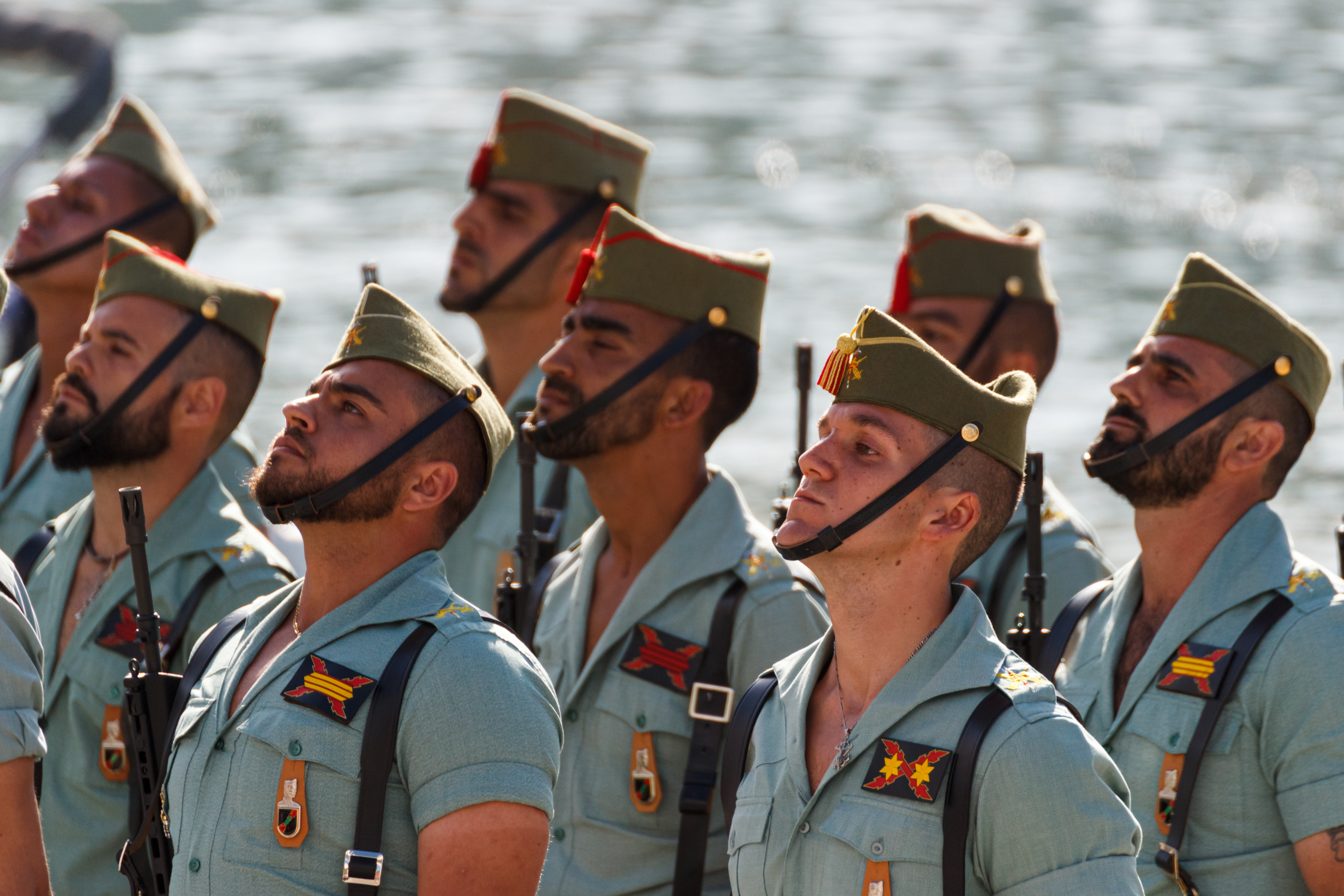
Spanish Military Statue Sparks Anger Over Fascist Symbolism

Controversial plans for a statue in Spain’s capital have reignited a row over fascism in the country as the monument honours a military regiment whose past is seen as symbolic of Franco’s far-right nationalist movement.
The plans have fanned the flames of a long-running division in the country at a time that marks the centenary of the Battle of Annual, now part of northern Morocco – a conflict that is considered one of the most damaging defeats in the history of the Spanish military.
The statue planned for Madrid, by sculptor Salvador Amaya, has been commissioned to celebrate the centenary of the controversial Legión Española, or La Legión, which rose to an elite place in the Spanish establishment as a response to the defeats at Annual and other battles with anti-colonial forces, and years later played a major role in the Nationalist forces in the Spanish Civil War, backed by General Francisco Franco.
The Legion maintains a high-profile place in Spanish society today, with parades in dress uniform attracting crowds, and with many people viewing them as part of the fabric of Spanish tradition and history.
However, their status raises fierce opposition from those who argue that the regiment represents the dark days of Spanish fascism under a dictatorship.
The row has echoes of arguments over statues in the UK, many of which have been embroiled in controversies over the last year or more.
In June 2020, a crowd of activists toppled a statue of Edward Colston – a 17th-Century slave trader – that had loomed over the streets of Bristol since 1895, while later that month crowds of football fans, war veterans and bikers joined together to form a ‘protective circle’ around The Cenotaph, the site of the annual National Service of Remembrance, to defend the monument from what they perceived as a risk of vandalism from Black Lives Matter protesters.
Others gathered around a statue of Winston Churchill and other war monuments, claiming their presence was needed to protect the statues from vandalism, following reports that some statues in London had been daubed with anti-establishment slogans.
Colston's statue ended up at the bottom of Bristol Harbour after the protesters unceremoniously dumped it in water following a Black Lives Matter demonstration, one of several held in the UK and around the world in the wake of George Floyd's death while under arrest in Minneapolis, USA.
Colston' ships carried 80,000 men, women and children from Africa to America in the late 17th century.
The toppled statue was later retrieved by Bristol City Council from the harbour's bottom and placed on display at a museum in the city. A matter that was also viewed as controversial to many.
Now, over a year on from those scenes in Bristol, a debate around commemorating the past with statues is dividing Spain.
There, the plans to unveil the statue of a Spanish Legion soldier, seen as representative of those who spearheaded Franco's fascist movement, have been met with anger.
The elite Legión Española regiment, formed in 1920, is known for its bombastic style, particularly in terms of its uniform, which was designed to impart a notion of masculinity. Shirt necks were worn open to the midriff with chest hair clearly on display, their biceps protruded through tight, rolled up short-sleeves, and the regiment's marching style was equally distinctive.
The ethos of machismo was the idea of General José Millán Astray, who later became a senior figure of the fascist cause in civil war Spain.
But it is The Legión's origin as a response to anti-colonial rebels and Astray's association to the organisation that is causing criticism 101 years on from the regiment's formation.
These links are coupled with the fact that under Spanish law, tributes to the late dictator Franco are banned, and critics feel the law should apply to the proposed figure currently under construction.
The sculptor behind the bronze statue, Salvador Amaya, told Spanish newspaper La Razón that the "work is for those who love Spain, beyond ideologies."
However, speaking to the BBC, military historian, Luis Gonzalo Segura said:
"The Legión does not deserve any kind of homage, not in Madrid or anywhere else. Its acts should be scrutinised and then it should disappear."

In 1921, The Legión led a retaliation campaign that historians say included extreme violence, torture, mutilation and rape against Berber villages who had killed 20,000 Spanish soldiers at the Battle of Annual.
In 1934, before becoming Spain's military dictator, Franco was himself a senior figure in the Legión. During his time in North Africa, a revolutionary uprising by miners was brutally dealt with by the regiment under Franco.
Sculptor Salvador Amaya criticised those who wish to block the erecting of the statue in Madrid, saying that "groups from the left will always protest about anything they don't identify with."
The BBC reported that Madrid City Council had yet decided whether or not to erect the soldier's statue following an offer to create the monument after a crowdfunding project received 650 donations.
The Legión Española bronze is another example of European-wide divisions over who should be commemorated in memorials and who should not.









